The shelter is the main part of every camping equipment. It is the bulkiest, heaviest and often the most expensive piece of your whole outdoor gear. Choosing a right tent is a process where you need to define many considerations and make many choices on the path to the optimal protection of you, your family and friends and all the stuff you brought on the trip. Tent Footprint Vs Tarp is among the first choices you have to make towards this direction.
It is clear that an ideal shelter needs to be durable, comfortable and efficient in providing security, dryness, and warmth. But what is best for you depends on many things. So, first, we should learn the basics on this issue.
Footprint, Tarp, and Tent Floors
A tent is not just the cloth stacked with guys and framework. When set up, it is a complete shelter system which needs to suffice for its occupants, their belongings and itself. Tents need to be sturdy and sustain damage from various weather conditions and be resistant to wearing and tearing against the ground. The last one is the reason why tent groundsheet is invented.
A tent footprint is a cloth, usually made of nylon, polyester or a similar waterproof, and relatively tear-resistant material. Footprints usually feature ground fixtures at every corner, so the winds can’t wave them. These fixtures and the weight of the tent setting keeps the footprint fixed to the ground.
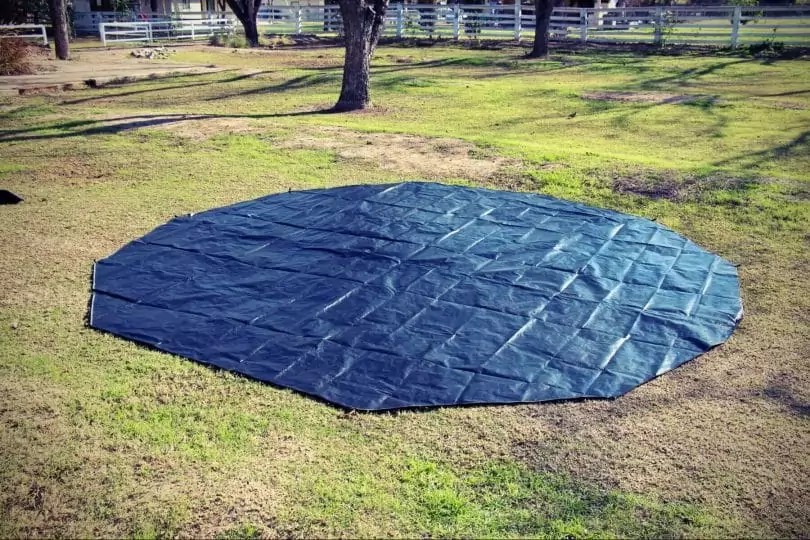
A good tent footprint can protect the tent setting in all conditions. It means all kinds of ground used for camping and all kinds of weather that let those less or more enthusiastic go camping. Let’s just mention that the ground can be mud, grass, rock, sand, bare soil, various pavements. The weather can range from heat, through the rain to snow, with or without strong winds.
One should first make a difference between a tent floor and a footprint. Footprints go under the whole tent setting, whilst a tent flooring is a part of that setting. The tent floor’s main role is providing comfort to the occupant, shielding from the intrusion of water, feeling of cold from the ground and pressure.
Tent footprints are primarily made to keep the tent safe from wear, thus extending its life. Some people can use footprints as lining for some activities around the tent or storing stuff, but it is not something that will be the only or main reason for buying it, and the ability of a footprint sheet to serve these purposes is limited. But these large mats add weight and take space in the backpack, and some people simply go for a tarp.
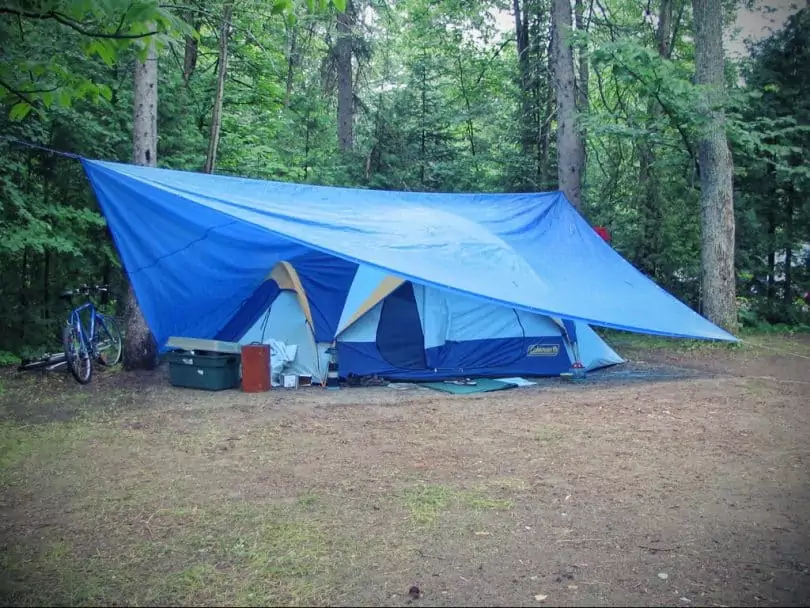
A tarp is a heavier and a more resistant version of a groundsheet. However, a tarp is not just a groundsheet. It is a large cloth which can serve many protective purposes in a campsite, and its usefulness goes much beyond that of a tent footprint. A tarp cloth, if large enough, can be used as a roofing, additional rain fly, groundsheet, and for wind protection.
However, tarps are bulky and a bit heavier, and it is not practical to have something like that in the backpack. Some people will go with two tarps to get an extra protection, but in most such cases their campsite is accessible by car. See our piece on the best tarp to make your trip simpler and easier.
Tent Footprints Overview
Tent footprint will make the whole tent setting look more serious and “complete” It is the foundation of a tent – not in the civil engineering sense of it, as it won’t provide with stability, but to some extent a comparison with a building foundation is correct – it will provide protection for the tent extending its life.
A tent footprint needs to be larger than the tent itself, waterproof and made of a lasting material. A tent can’t be protected with a material which is less wear resistant than it. Most commonly used tent footprints include the following:
Polycryo
A perfectly water-resistant sheet of fully transparent plastic which gives the whole setting a fresh look. Polycryo is very tear-resistant and durable Its surface is perfectly flat and there is little ground friction. Consequently, polycryo is easier to clean and maintain in a good shape. However, it may not be the lightest material available, collected heat from the sun exposure and may smell when hot.
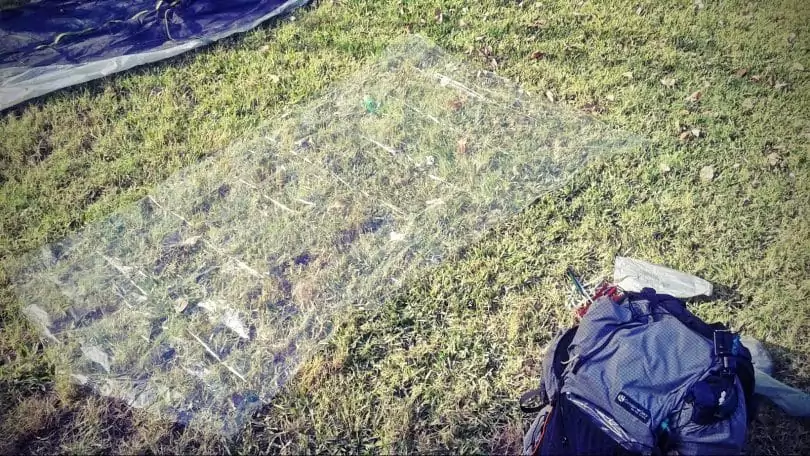
Tyvek
This is a material developed by DuPont for use in protective work coveralls, additional thermal insulation in buildings, protective envelopes and packaging of sensitive stuff when shipped. It is very resistant to tearing and scratching and provides a complete protection from water and any other fluids. It may be the best material for footprints, and it isn’t particularly expensive. The weight is similar to that of the polycryo.
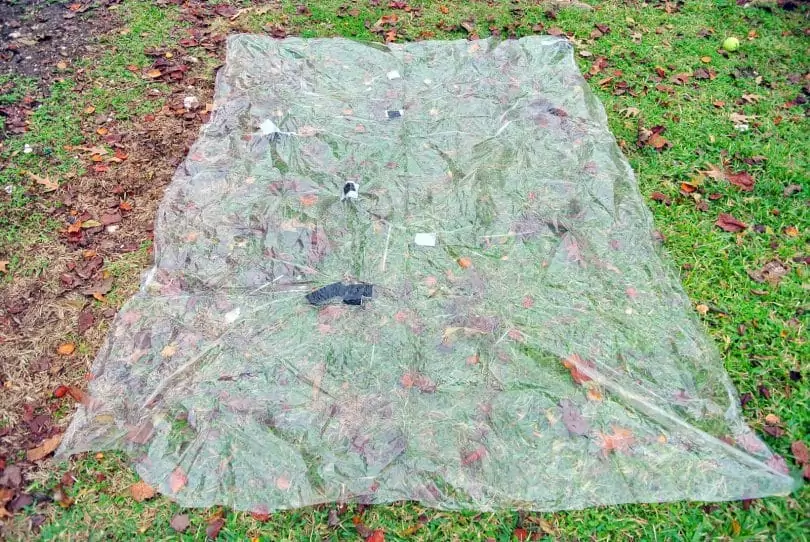
Silnylon
This material represents a blend of nylon and silicone, and its main advantage is tear resistance. It is extremely durable, but not the best regarding water resistance and ease of maintenance. It is one of the few materials developed for the primary purpose of making tents, tarps, rain flies and other outdoor canopy stuff, such as footprints.
The reason its great durability-resistance-weight ratio. The nylon cloth is impregnated with or immersed in silicone, making it a very slippery and highly water resistant fabric. It is not breathable, making it less environment-friendly.
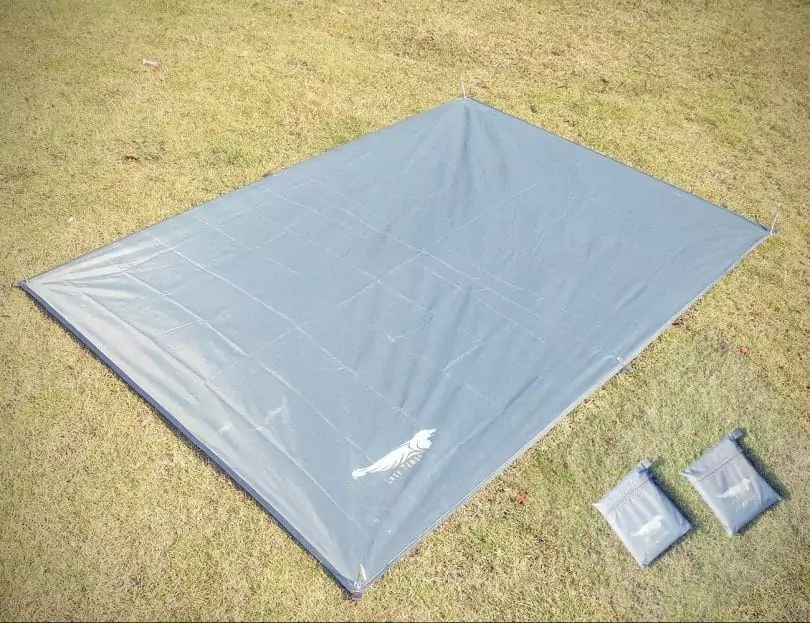
Reinforced aluminum foil
Also very durable, easy to maintain and environment-friendly, though not heat resistant.
Oxford cloth with water repellent coating
When it rains or snows you’re not going for water-resistant materials, since they’re known to collect water and do more harm than good. Since a footprint is there to protect the tent from wearing rather than to sit on, Oxford and similar repellent cloth-based materials are a better choice.
Do-it-yourself footprints
Large sheets of cloth from any flexible and foldable water-resistant or water-repellent material can serve as a tent footprint, and the only condition is that is wider than your tent and nowhere ripped. Window wraps, patio window covers, replaced sheets of Tyvek Home Wrap, car cover, BBQ cover, or anything similar that you no longer need can be turned into useful tent footprints if these two conditions are met.
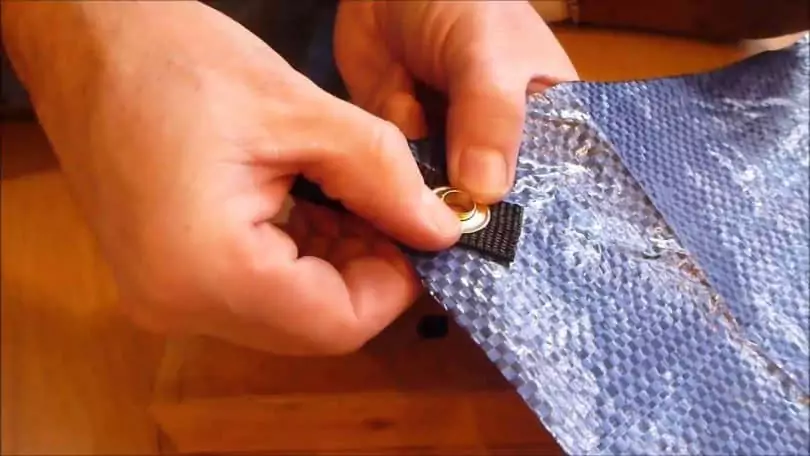
Tent footprints can be placed anywhere you find suitable, which means a flat surface without much stones, stumps and other things which can potentially harm the footprint or cause discomfort to you. The canopy needs to be at least a bit larger than the tent. It doesn’t have to be huge, the larger the footprint the heavier the backpack. Some people prefer larger footprints to leave stuff such as picnic tables or clothes, or park bicycles. For some DIY tent footprints, see our informative piece on this topic to learn more.
Do I Need the Tent Footprint?
Many people prefer setting up their tents directly to the bare ground, and think that tent is a waste of resources: backpack space, money, weight… Some people even go so far telling that those who don’t want to make their tent dirty are not real backpackers and should rather remain in civilization.
What you need to know is that footprints don’t cost much and little money can provide the tent with additional protection and if your tent is brand new and on the top tier by price a footprint is recommended. Also, despite modern tents come with floors, a bit more protection, and comfort won’t hurt anyone. In some groups everyone has a large backpack and plenty of room, so there are no real cons to having it.
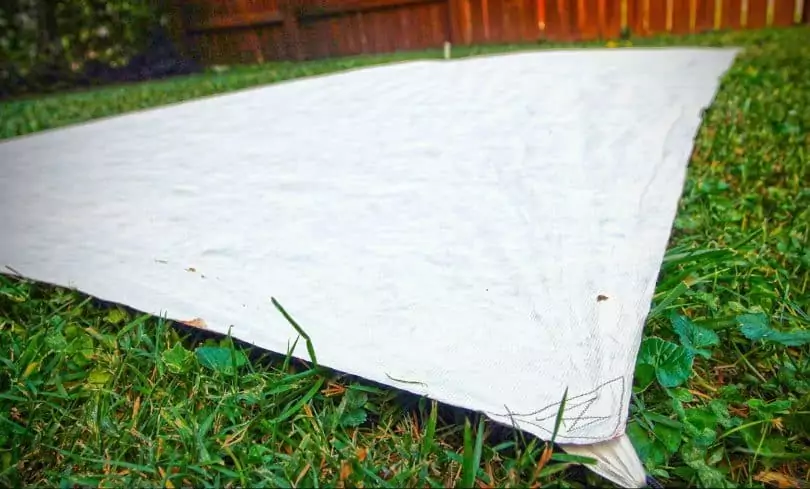
However, if your tent is not top-tier or you’re going to replace it soon, but it still works well, there is no need to bring additional cloth, and if your backpack space is limited you need not give a footprint any priority.
Tarps
Many campers prefer having tarps, the main reason is a large area they cover. However, a tarp is too bulky for backpacking, and it is always good only if you can reach the base camp by car. If there is a need to walk a lot with a backpack on you to reach the desired spot, a tarp may not be a good option.
Tarps are also better if you want to remain in the woods. Experienced backpackers would still prefer tarps. But they are used to hauling a lot of things and very skilled, if you are still fresh and lack skills on how to set up a tarp and find an appropriate space, you will not need it, of course.
A tarp is generally more useful than a footprint. If it rains, you can use the tarp to cover the whole area where you’re going to pitch the tent. It is much better than remaining inside the tent all that time. You will not be able to enjoy long walks if you don’t like rain, but preparing food, playing and staying active is much easier if the area around the tent is covered. will also offer additional protection from sunlight, wind, even bird droppings.

When you need to put the tarp underneath a tent to offer protection from the ground and mold exposure, the best way is protecting the tent. The tarp is sturdier, more resistant and can sustain much more than a tent footprint, making it good for some more advanced uses, such as preparing food for it, quality dining settings, and even kids playing on it, which would damage many thin footprints.
Just like these footprints, tarps are also susceptible to rain water. To avoid water pooling when it is raining, it is good to fold any excess sheet under the walls of your tent right after you set up the tent. The tarp will keep doing its tent protecting job, and remain perfectly dry. And when it is over you can extend the tarp edges so you can immediately start enjoying on a dry sheet.
If you’re camping on a beach or some similar sandy terrain, the tarp would be folded towards the tent interior to prevent sand intrusion. It is just needed to have all edges of the tarp folded inside a tent, and make sure the folded tarp reaches out to all walls of the tent providing it with tear protection.
Whether it’s better to put the tarp under or above your tent depends on several circumstances:
- The presence of trees, poles, and other objects you can use to hang the tarp as a cover.
- Your skill to install the tarp cover over the tent.
- Weather conditions: if there is a moderate wind, setting up a tarp right above the tent can provide it with additional protection from the wind blows, but if the winds are too strong, the tarp may better be folded and you should try finding a hideous place.
- The size of the tarp. If your tarp is not much greater than your tent, and the tent has its fly, there is no real need to have anything above it, so use the tarp on the ground to protect the tent and/or the fly.
- Your readiness to secure additional backpack space for the equipment needed to install it above the tent, which can be guys and poles. If you’ve got just a tarp, it can only be used as a groundsheet.
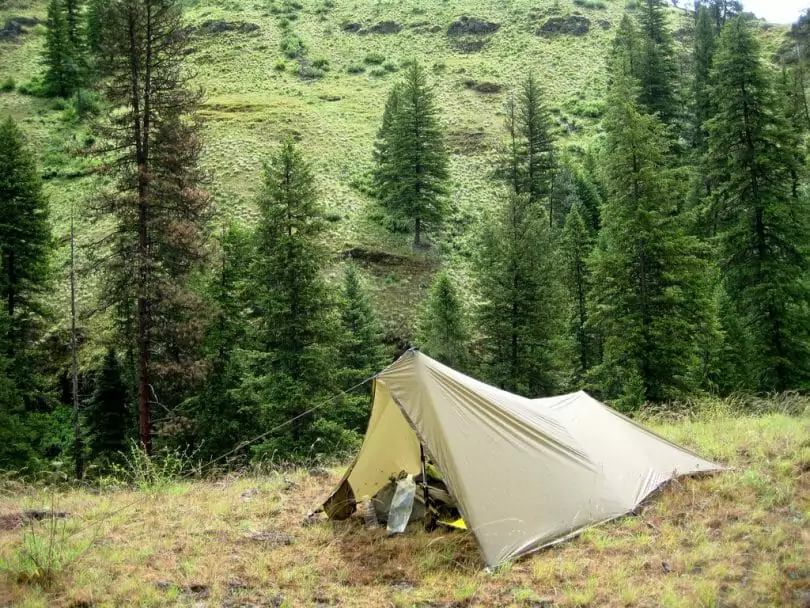
Tarp Materials
Tarps are often made of joint materials: polyester or cloth, canvas impregnated with a waterproof screen such as urethane, though it can be just a plastic material such as polyethylene, in this case, polyethylene is often additionally coated with a waterproof material giving it additional protective capabilities and extending its life.
OTHER POSSIBILITIES
Tarp Tent
A tarp tent is an improvised camping shelter made of a tarp cloth and essential framing, which can even be wood branches and over things found in and around the campsite. Most experienced campers will buy a pole kit with a few poles to put up a tarp tent. This approach will save you a lot of money since its expense is just a fraction of the cost of a pre-made tent.
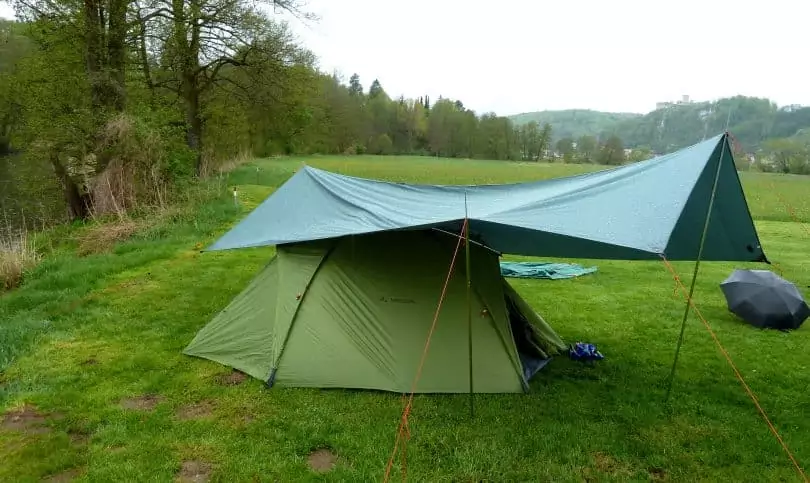
However, this requires great weather conditions. Winds and heavy rain make tarp tents useless. Also, it will provide less protection and comfort for the occupant than an actual tent. Since tarp material is waterproof you will not need the fly. However, privacy compared to actual tents is limited. Tarp tents don’t have a closable door or windows, you can make.
Two Tarps, No Tent
Alternatively, you can bring two tarps for yourself, one for setting up a tarp tent, another one for protection of the setting. There are several options:
Tarp Tent + Tarp Above
This is a widely used shelter setting that offers plenty of comfort and protection for little effort and little money. Put a tarp tent in the woods and the other tarp above it to get additional protection. You can set a campfire to heat up during or after the rain, prepare some food and enjoy it outside the tent.
Alternatively, the tent should be put so close to the shelter, mimicking a fly. This will give you improvised vestibules and additional wind protection.
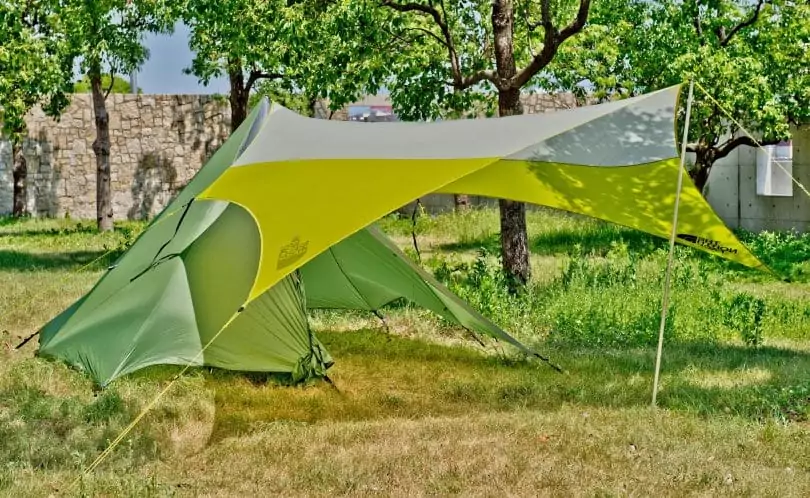
Tarp Tent + Tarp Groundsheet
Another affordable option which offers a lot of comfort, but requires predictable weather, especially regarding winds and wind strength. Since poles constituting the tent need to be pinned somewhere, it is needed to avoid pinning it over the groundsheet tarp.
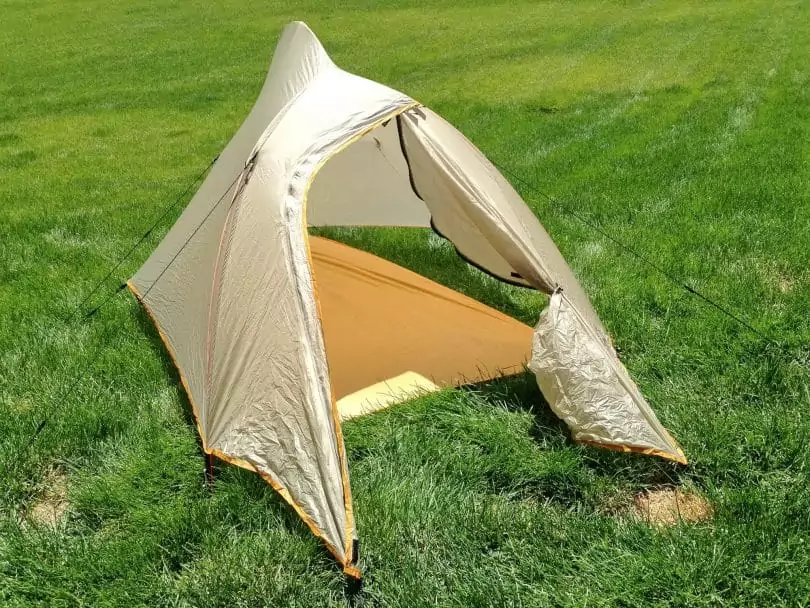
Tarp Groundsheet + Elevated Tarp
This is a setting which has a floor and a roof, but no walls. Also requires a great weather, even at night. If your trip lasts just one day or afternoon this would be one of the best shelter options. This is good for picnics. Not recommended for longer stays in the wilderness, unless you’ve got an additional tent, or if you’re experienced enough to quickly convert the groundsheet tarp into a tarp tent.
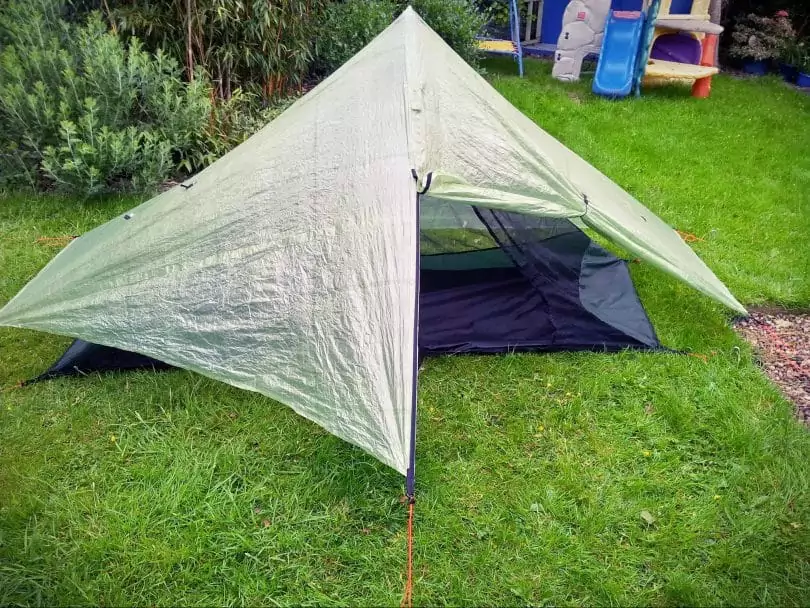
Two Tarps and a Tent
If you’re a group of skilled campers with a plenty of carrying abilities, you can bring two tarps and an actual tent. This way you get an awesome shelter, which keeps you safe from most difficult weather such as sandstorms or snow storms.

Groundsheet will protect the tent and offer an additional floor for outdoor activities such as cooking, dining, exercise and similar, the roof tarp will protect the area from precipitation or sun exposure, and the tent will provide for occupant comfort and security. This is the best option for skilled people who spend a lot of time in the wilderness. For easy tarp tent setups, see our article on this topic.
Tent Footprint Vs Tarp Pros and Cons
| Tent Footprint | Tarp | |
| Pros | Lightweight
Takes less space, good for backpacking Great choice of materials Can be made out of discarded household items Offers enough protection for a tent |
Durable
Waterproof Relatively lightweight. Has a plenty of outdoor applications. |
| Cons | Less durable
Not all material. |
Takes a plenty of space in the backpack.
Using it for roofing requires more skill. |
The Bottom Line
Groundsheets can come in various sizes and be made of various materials. The tarp is the predecessor of modern tent footprints which are often cheaper, lighter, take less space, but offer less protection and fewer possibilities overall, compared to the tarp.

Debate whether you need groundsheets or not is similar to the debate about whether you need bike mudguards or not. Some people just can’t go out with these, whilst some others really hate it.
Overall, the need for a groundsheet is just a matter of personal preference. Those who are looking to keep their tent in a good condition for years will always go for a groundsheet. And if that groundsheet is a tarp, they can use it for many other things. Also, see our article on how to waterproof a tent to stay dry during the stormiest weather.
What are your thoughts on this topic? Do you prefer a footprint or a tarp? Make sure you let us know by leaving a comment in the comments section below.


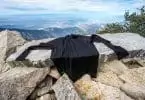



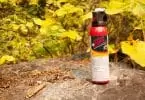

Wow! I didn’t even know tent footprints existed! Now I don’t have to get my back all wet when sleeping! Amazing article, as always. What tent footprint do you recommend?
Hello Frederik,
It seems a bit weird that you didn’t hear about tent footprints by now, but if you’re not a camper I guess it’s possible. They are amazing at keeping cold and humidity away from your bones and you can always re-use them around the house when not camping. In terms of products, there are many out there but we did offer a few recommendations in the article.
While I found this as a topic which is helpful, I found something which I would like to have some advise on. As you have mentioned covering the whole area with the tarp will help full to prepare food, will they be strong enough for the heat?
If you do not use the tarp directly onto a cooking surface like a grill, you should be okay. But you cannot let it melt.